http://malekmusings.weebly.com/blog/challah-its-more-than-just-a-beautiful-braided-bread
Today's Musing is a follow up to that story. I finally had a chance to make my very first Challah bread, and it is delicious!
I chose a Challah that had golden raisins as an ingredient. After preparing the dough, I opted to make a "coiled" Rosette Challah. I rolled out two 36" ropes. I then made a twisted rope by taking the two strands and twisting them around each other to make one rope. I then coiled the twisted rope into a mound. I let it go through the final rise and then brushed it with a beaten egg wash.
It's delicious!
Here are links for the recipe and websites that shows how to make the rosette shape.
http://www.kingarthurflour.com/recipes/raisin-challah-recipe
http://www.amateurbakers.org/2011/02/challah-rosette-shaping-video.html
http://kosherkitschen.wordpress.com/2010/01/27/1st-recipe/
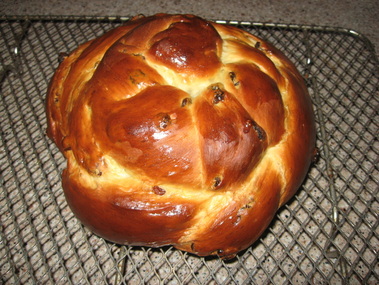
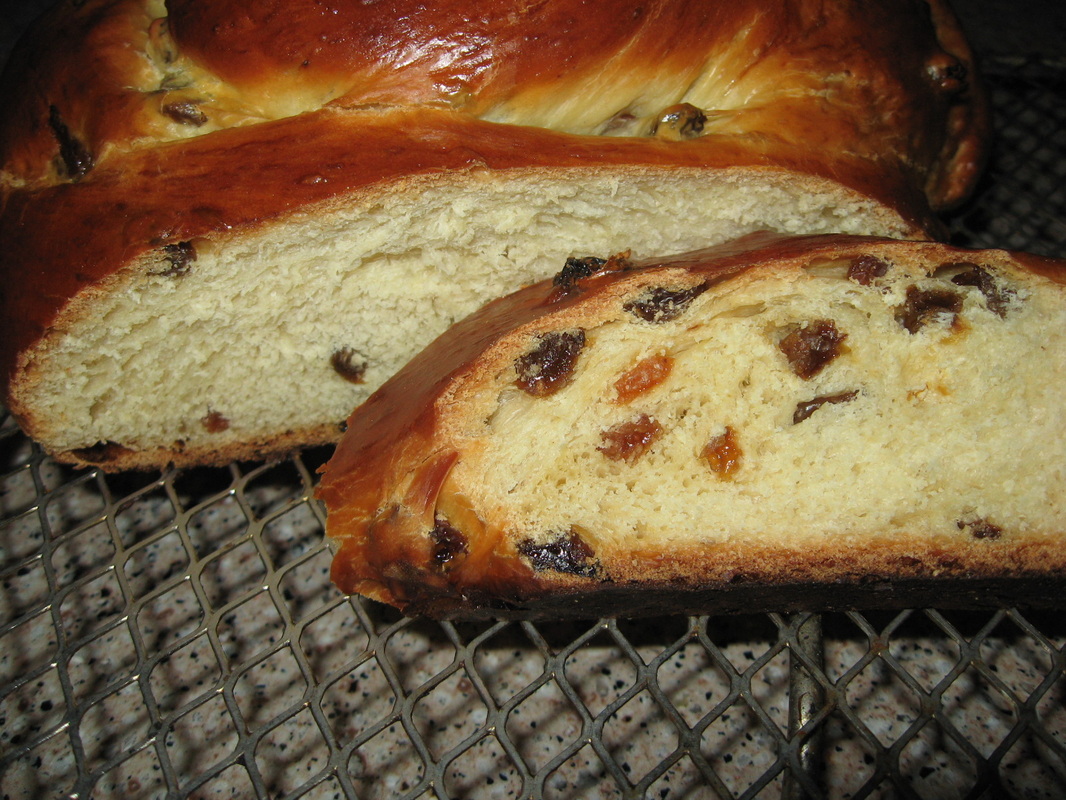
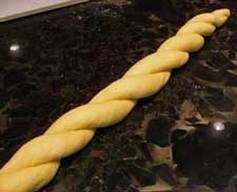
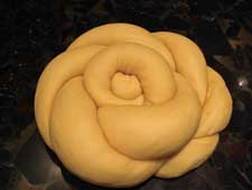
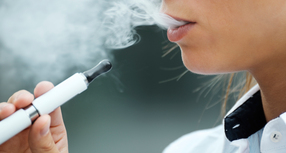
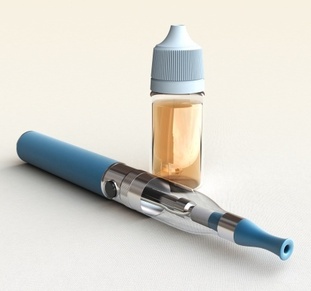
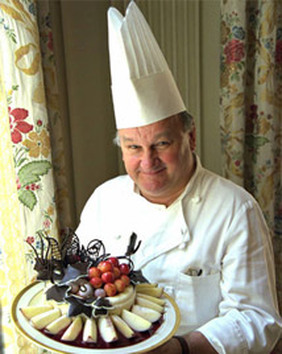
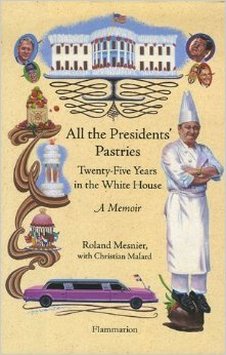
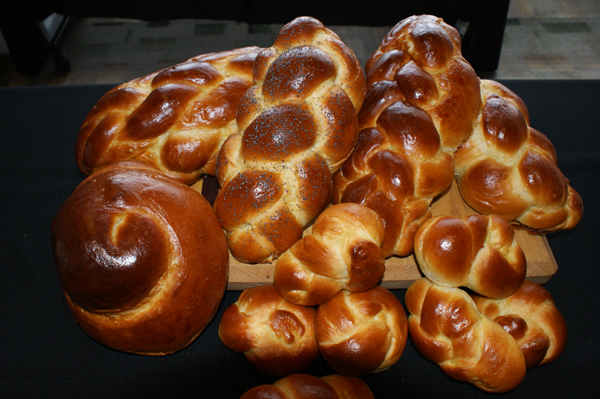
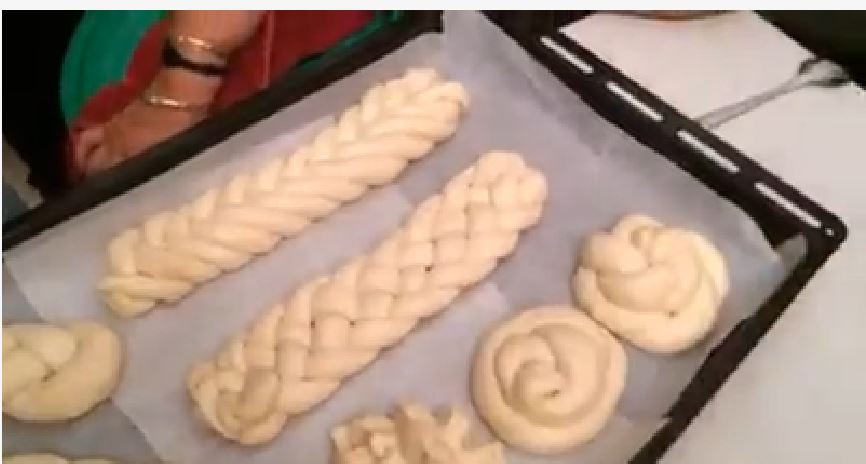
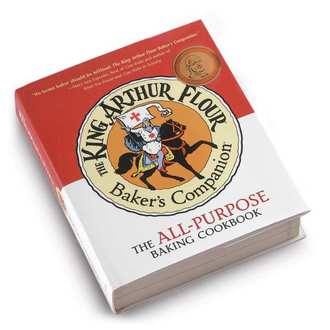
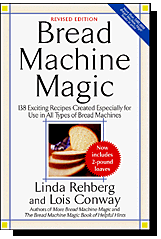
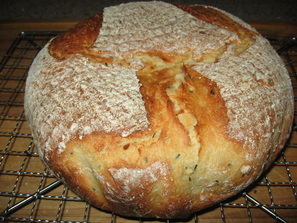
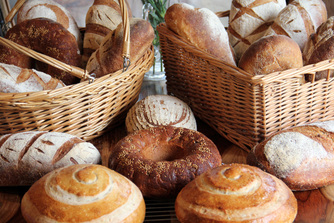
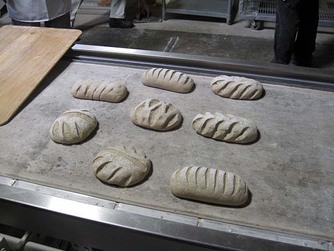
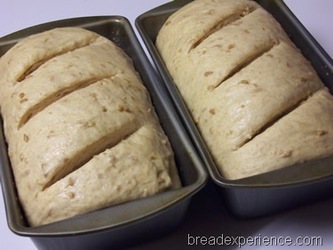
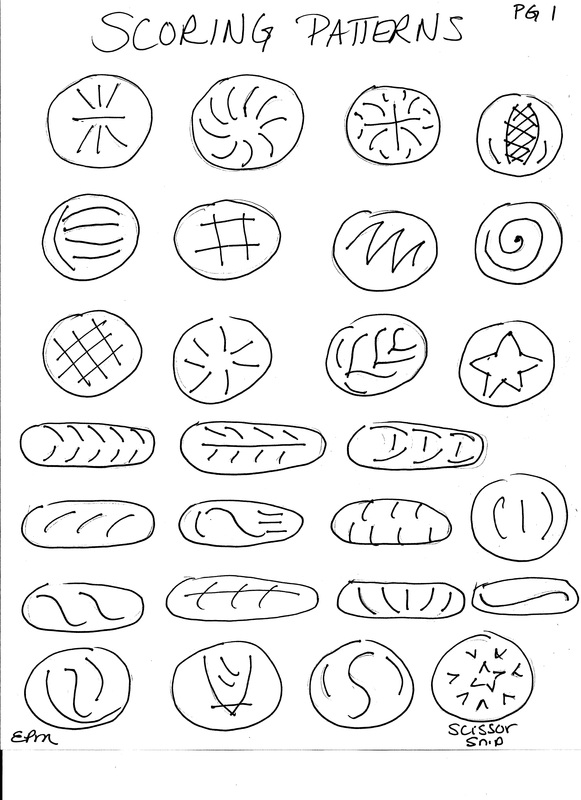
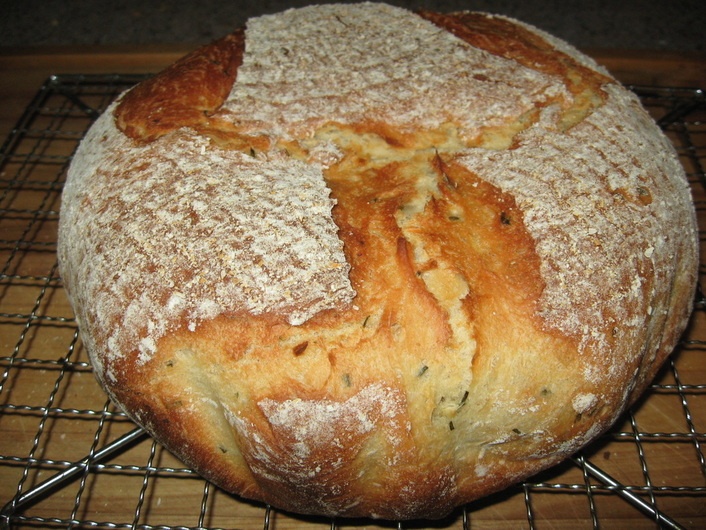
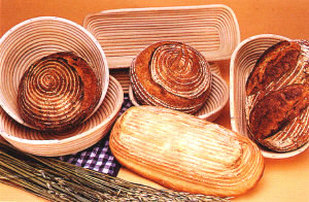
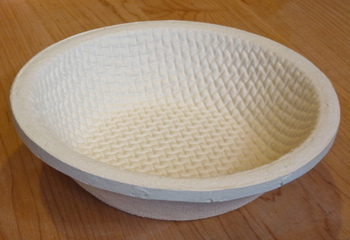
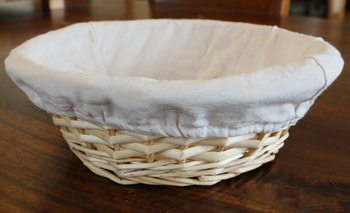
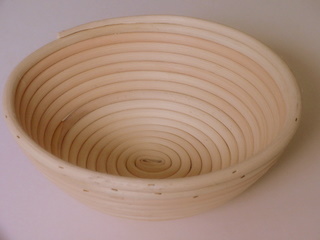
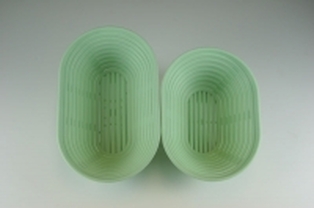
 RSS Feed
RSS Feed
